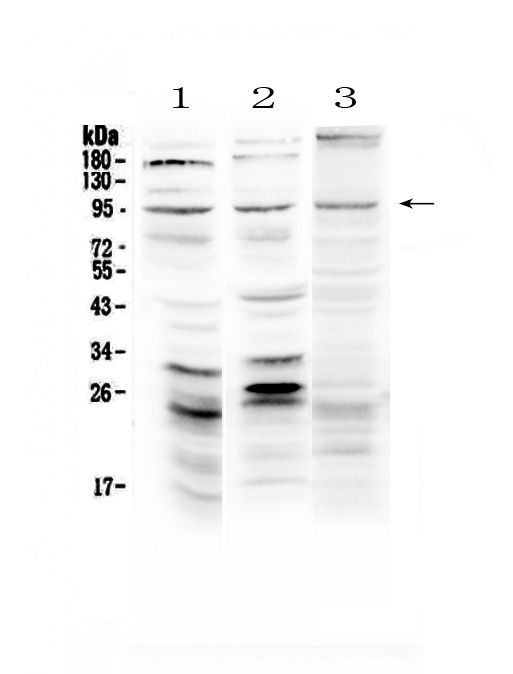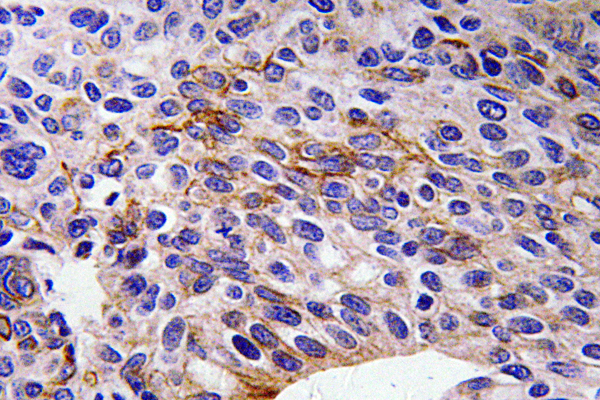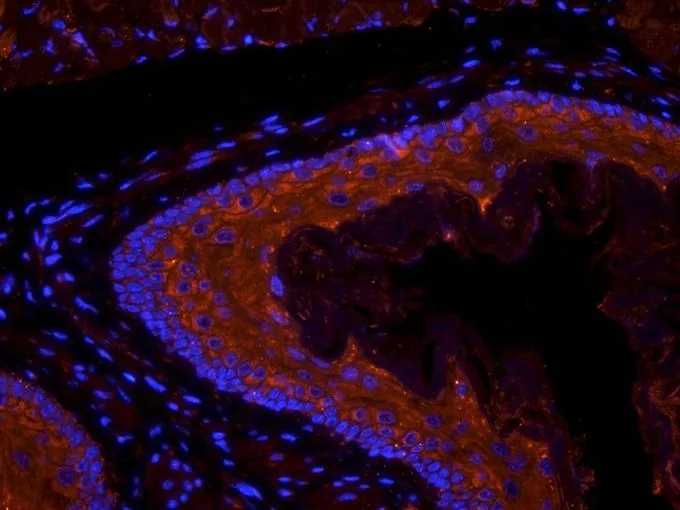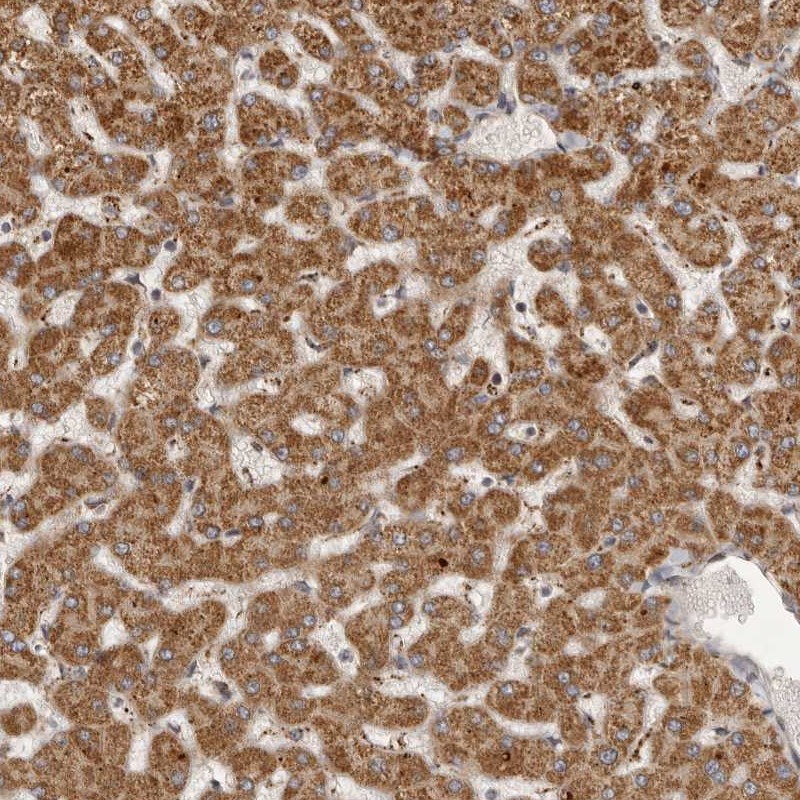
IHC-P analysis of human breast carcinoma using GTX81310 Semaphorin 3A antibody, Internal.
Semaphorin 3A antibody, Internal
GTX81310
ApplicationsWestern Blot, ImmunoHistoChemistry, ImmunoHistoChemistry Paraffin
Product group Antibodies
TargetSEMA3A
Overview
- SupplierGeneTex
- Product NameSemaphorin 3A antibody, Internal
- Delivery Days Customer9
- Application Supplier NoteWB: 1:1000. IHC-P: 1:10-1:50. *Optimal dilutions/concentrations should be determined by the researcher.Not tested in other applications.
- ApplicationsWestern Blot, ImmunoHistoChemistry, ImmunoHistoChemistry Paraffin
- CertificationResearch Use Only
- ClonalityPolyclonal
- ConjugateUnconjugated
- Gene ID10371
- Target nameSEMA3A
- Target descriptionsemaphorin 3A
- Target synonymsCOLL1, HH16, Hsema-I, Hsema-III, SEMA1, SEMAD, SEMAIII, SEMAL, SemD, coll-1, semaphorin-3A, collapsin 1, sema domain, immunoglobulin domain (Ig), short basic domain, secreted, (semaphorin) 3A, semaphorin D, semaphorin III, semaphorin L
- HostRabbit
- IsotypeIgG
- Protein IDQ14563
- Protein NameSemaphorin-3A
- Scientific DescriptionThis gene is a member of the semaphorin family and encodes a protein with an Ig-like C2-type (immunoglobulin-like) domain, a PSI domain and a Sema domain. This secreted protein can function as either a chemorepulsive agent, inhibiting axonal outgrowth, or as a chemoattractive agent, stimulating the growth of apical dendrites. In both cases, the protein is vital for normal neuronal pattern development. Increased expression of this protein is associated with schizophrenia and is seen in a variety of human tumor cell lines. Also, aberrant release of this protein is associated with the progression of Alzheimers disease. [provided by RefSeq, Jul 2008]
- Storage Instruction-20°C or -80°C,2°C to 8°C
- UNSPSC12352203







